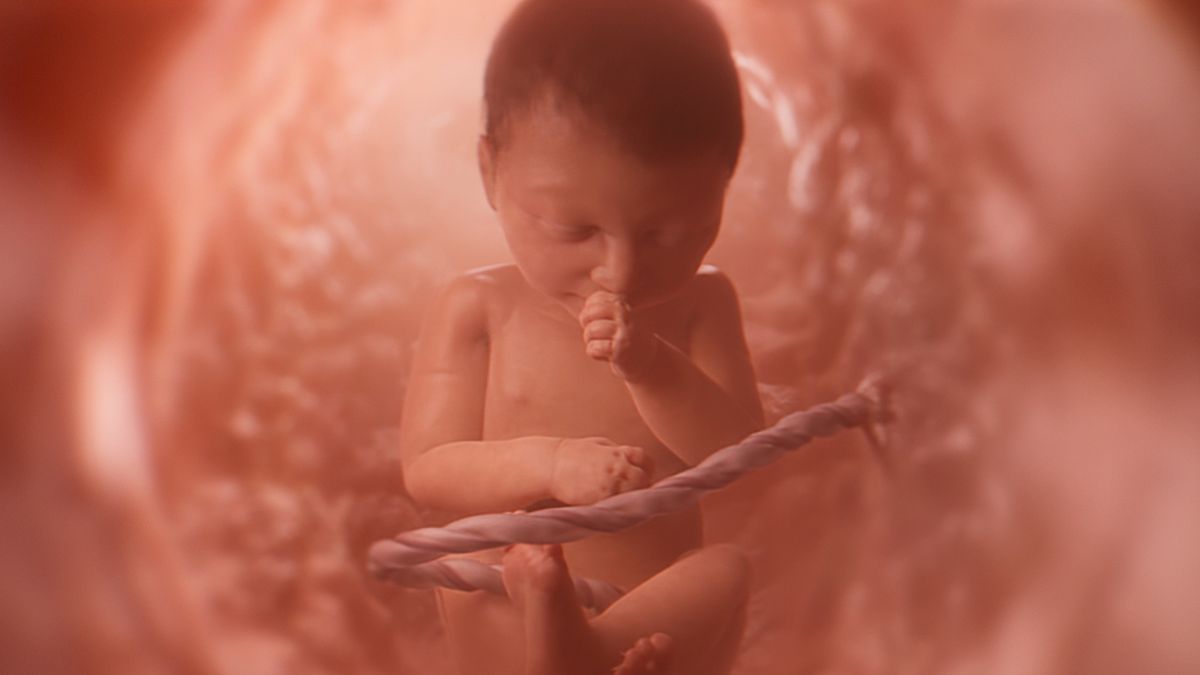

Roberto Rivera
Bridging an Unacknowledged Divide
By the time this column is posted, the election results will be, in all probability, in, and we will have moved into the recrimination and hand-wringing phase. Some more thoughtful Christians will be trying to figure out how to heal the wounds this electoral season has created. As the Emperor of the Colson Center John Stonestreet—I thought that, for all he has to put up with, he should be called “Emperor of the Colson Center” at least once in print—has pointed out on several occasions, the issue is how Evangelicals who have exchanged heated words over whom to vote or not vote for will partake of the communion table. But there’s another divide that this election season has exposed that is getting much less attention, even though it’s arguably more portentous: the demographic divide. It’s become almost a cliché to note that America is in the midst of a momentous demographic transition. Sometime in the middle of this century, whites will become a minority. (Now, it should be noted that, historically, the definition of “white” has been, to put it mildly, malleable. A century ago, groups we think of as being white, such as Jews, Italians, Eastern Europeans, and, a few decades earlier, the Irish, were not thought of as being “white.” Perhaps by 2050, many lighter-skinned Latinos, especially those of mixed parentage, will identify as “white.) What’s not often noted is that this demographic transition is well underway within American Evangelicalism. (It has already happened in American Catholicism.) As I noted elsewhere, “In 2001, nearly 71 percent of the [Assemblies of God] was white Americans. By 2012, that percentage had dropped to under 60 percent. By 2020, it’s estimated the Assemblies of God will be a ‘majority-minority’ denomination.” What’s exceptional about the Assemblies of God is the speed of the demographic transition, not its direction. To understand why, a brief look at the survey data is in order. You probably heard about Pew’s Religious Landscape survey, which found a significant decrease in the number of Americans who self-identify as Christians of any kind, and a corresponding rise in the numbers of religiously unaffiliated or “nones.” Dig a little deeper, and you will find that the percentage of Americans who self-identify as “evangelical” has held basically steady since 2007. Now, flip the virtual page to this interview with Robert P. Jones of Public Religion Research Institute (PRRI) and the author of “The End of White Christian America.” In it, he says that “over the last decade, we have seen marked decline among white evangelical Protestants, the more conservative part of the white Protestant family. White evangelical Protestants comprised 22 percent of the population in 1988 and still commanded 21 percent of the population in 2008, but their share of the religious market had slipped to 18 percent at the time [‘The End of White Christian America’] went to press, and our latest 2015 numbers show an additional one-percentage-point slip to 17 percent.” Now, I’m not a statistician. And I have no particular insight into PRRI’s survey methodology. But if the numbers are correct, then the reason that Evangelicalism is holding steady despite the decline in white Evangelical Protestants must be an increase in the number of non-white Evangelicals. And this increase means that, over time, American Evangelicalism as a whole is heading in the same direction as the Assemblies of God. It’s already showing up in the numbers. Extrapolating from the numbers provided by Ed Stetzer and Leith Anderson, approximately 36 percent of the Americans who hold Evangelical beliefs, as defined by the Bebbington Quadrilateral, are African-American or Latino. (African-Americans are 50 percent more likely to hold such beliefs than whites and Latinos are just as likely.) What’s more, a not-insignificant 17 percent of those with Asian and other ethnic origins hold such beliefs. Put it together, and Stetzer and Anderson are understating it when they say “To equate ‘evangelical’ with ‘white evangelical’ leaves out many people with evangelical beliefs.” And that brings me back to the demographic divide. Because if anyone has this 36-plus percent of Evangelicals in mind when they talk about bridging the post-election divide, it’s escaped my attention. The phrase “out of sight, out of mind” comes to mind. I didn’t mean that as angrily as it probably sounds. What I mean is that if, as this Latino USA story says, “Latino Evangelicals in Florida are the Ultimate Swing Voters,” it might be worthwhile to try and understand why this group of Christians, whose core beliefs are almost indistinguishable from their non-Latino brethren’s, are swing voters. In other words, why they interpret electoral politics so differently from other folks. (If Latino swing voters are difficult for white Evangelicals to understand, the voting patterns of African-American Christians is like to trying read Linear B.) This requires listening, which, in turn, requires acknowledging that, as Stetzer and Anderson said, a lot of people have been left out of the discussion about Evangelicalism’s present, not to mention its future.
11/9/16















